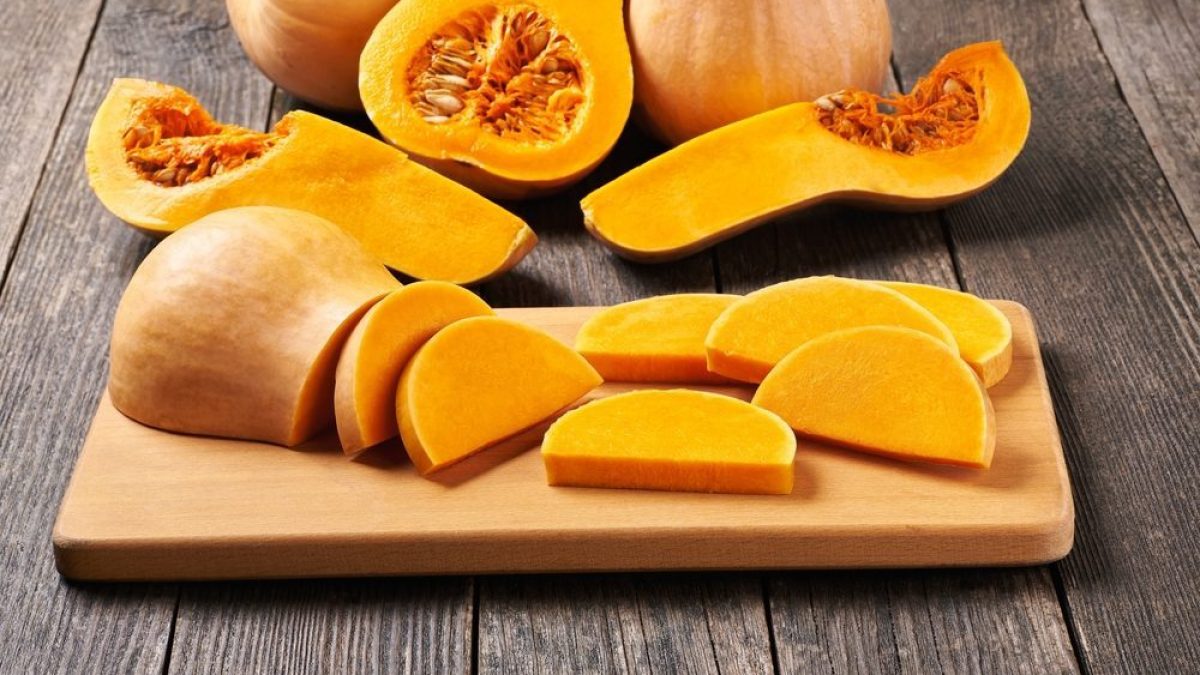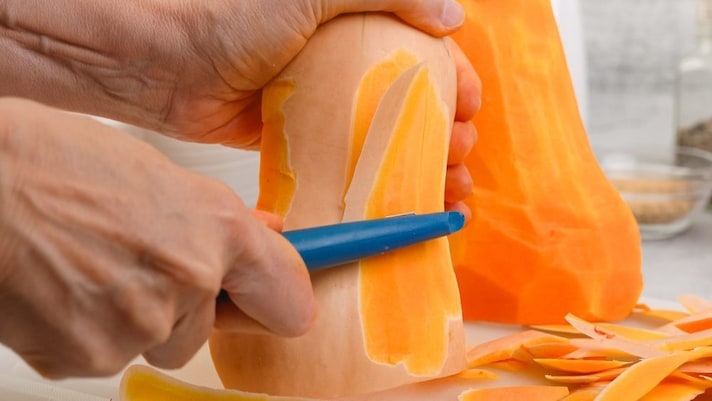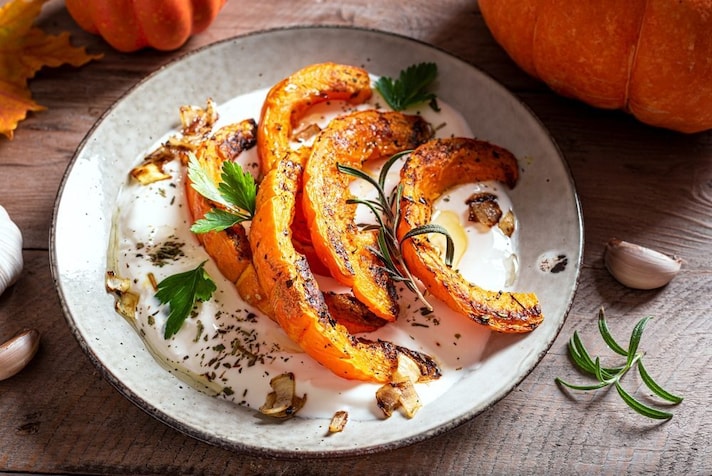
The butternut squash, with its slender shape and firm, sweet orange flesh, is among the first to appear on market stalls in late summer, just as fall is still approaching. This variety of Cucurbita moschata, often called butternut squash, stands out for its culinary versatility and its strong connection to many states here (California, Florida, Arizona, Michigan, Ohio, Indiana, Tennessee, Kentucky and North Carolina). Let's discover its characteristics, its regions of origin, and why the butternut squash is increasingly popular in the kitchen.
Butternut Squash: History, Characteristics, and Its Homeland
The butternut squash, with its creamy texture and sweet flavor, arrives at market stalls just as summer fades and fall approaches. It symbolizes the seasonal shift, blending the warm, sun-kissed days of summer with the cooler, golden hues of autumn. Its origins in the United States trace back to the early 20th century when the squash was cultivated and popularized in the Northeast and Midwest. Over time, the crop spread to other regions, thriving in the fertile soils of states like California, Michigan, and Ohio. Today, the butternut squash holds a significant place in American agriculture, with its distinctive shape and flavor embodying the country’s agricultural evolution and its connection to the land.
The history of butternut squash in the United States is deeply tied to the transformation of the nation's agricultural landscape. First introduced in the early 1900s, the squash quickly adapted to various climates, thriving in the temperate and fertile soils of the Midwest and Northeast. With its rich texture and vibrant color, the butternut squash has become a staple in American kitchens, especially during the fall months. Over decades, it has been embraced by both small-scale farmers and large commercial producers, becoming a symbol of American ingenuity and agricultural diversity.

The Distinctive Characteristics of The Violin Squash
Butternut squash gets its name from its slender shape, slightly constricted in the center, reminiscent of a violin. It has a yellow-hazelnut skin, often wrinkled and furrowed with light ribs, which encloses an orange pulp with a sweet and intense flavor, stronger than many other varieties.
Although it's an autumn vegetable, the plant doesn't tolerate extreme cold or heat: it grows best in mild temperatures and reaches its peak between late summer and early autumn. It needs space to develop, producing well-formed fruits, 20-35 cm long and weighing 2-4 kg. When growing at home, it's helpful to raise the fruits slightly off the ground to protect them from moisture.

Differences From Other Varieties
Compared to other varieties, it is recognized by its early harvest and its firm, slightly watery flesh, ideal for all preparations where consistency is important. Unlike many stringy or bland pumpkins, it naturally concentrates sugars and natural aromas, with a distinctive flavor and excellent cooking properties. Its slender, regular shape also makes it easy to clean and cut.
Butternut Squash in The Kitchen: A Treasure Trove of Versatility and Fall Flavor
It adapts easily to any type of preparation, from savory to sweet dishes. In addition to the pulp, you can also use the seeds and peel, making it a perfect ally even for those who love to reduce waste.
Its most iconic use is in pumpkin dumpling, where the natural sweetness enhances every bite. It also finds its place in creamy risottos, delicate gnocchi, enveloping soups, and flavorful side dishes. Simply bake it in the oven with a drizzle of oil, rosemary, and pepper for a simple and tasty dish. It's also excellent in one-pot meals, paired with grains like barley or spelt.

Thanks to its naturally sweet flavor, it's also perfect for baking: it's perfect for cakes, muffins, and biscuits with a fall scent. With the pulp, you can make an aromatic jam with lemon, sugar, and spices, perfect with cheeses or for breakfast.
Remember that you can also eat the seeds: toast them in the oven with a pinch of salt for a crunchy, nutrient-rich snack. Once cut, store them in the refrigerator at around 41°F/5°C: they keep perfectly for 5-6 days.
;Resize,width=767;)
